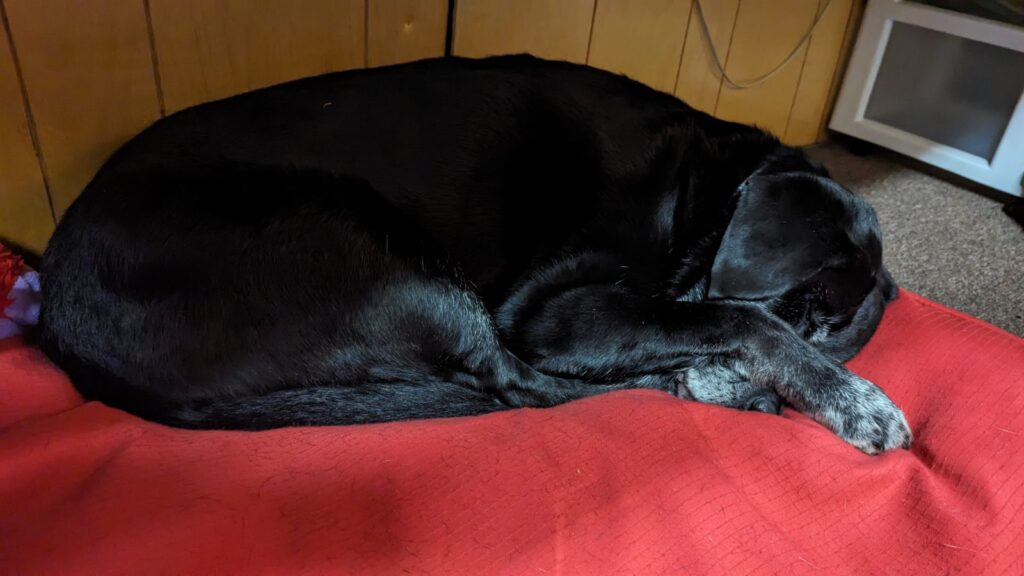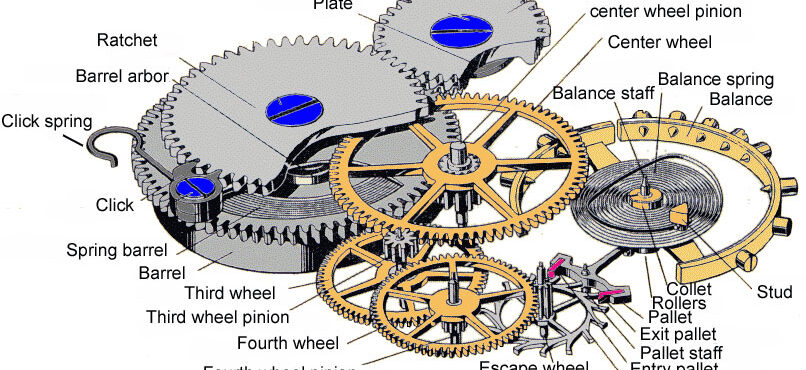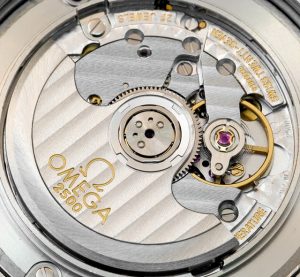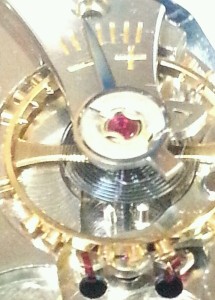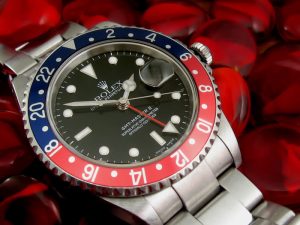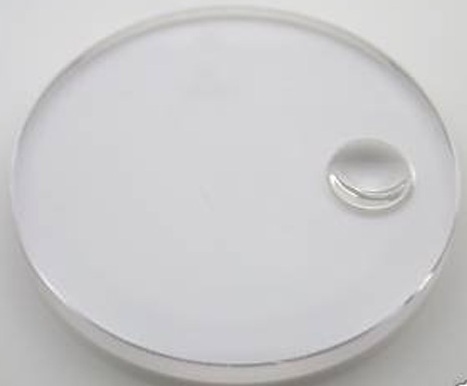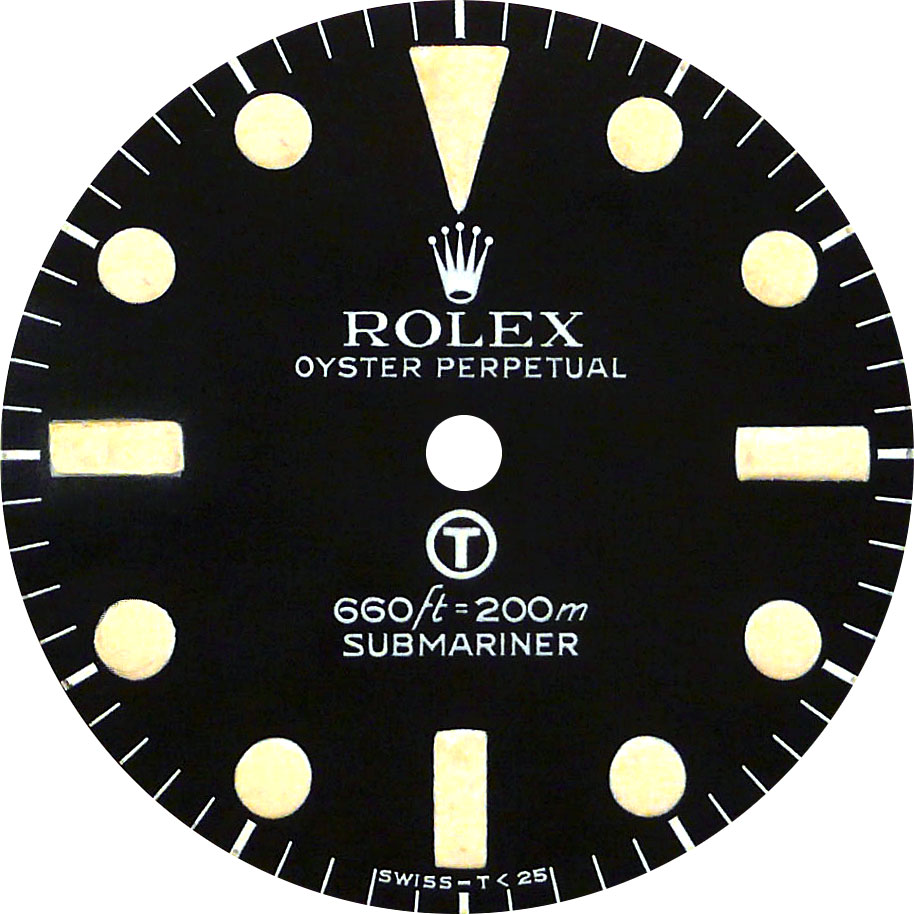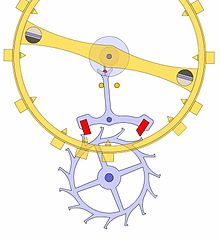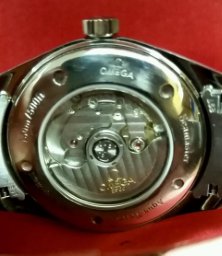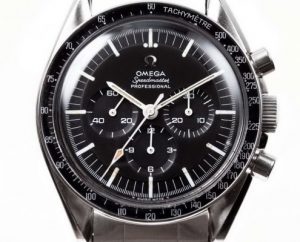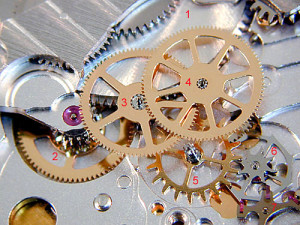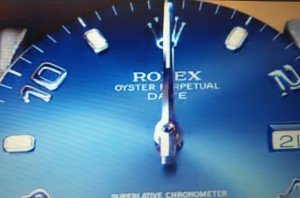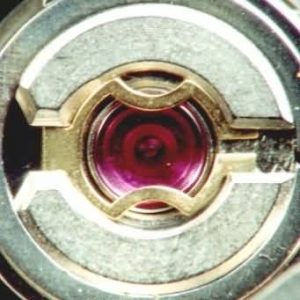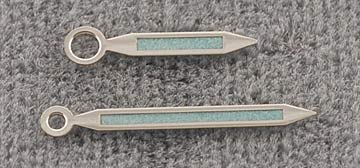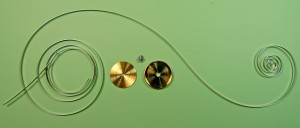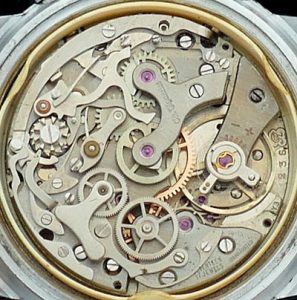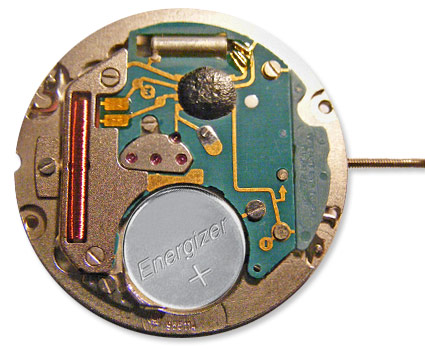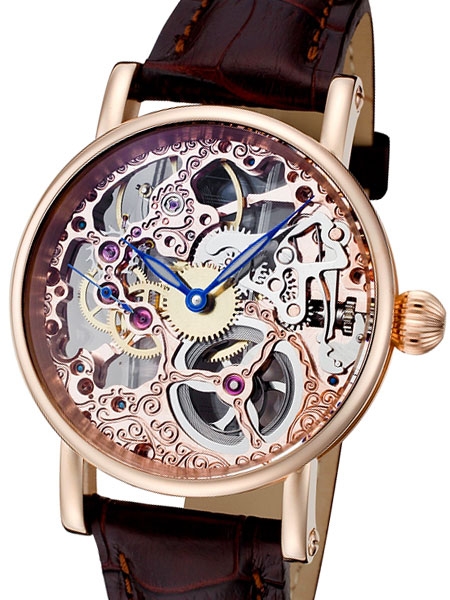The terminology behind watches is almost as complicated as the mechanics that drive them. The following terms serve as Watch Education 101 and features a list of many of the basic terms relating to the parts of a watch.
This simple glossary will help cut the confusion — consider this your reference point.
Automatic
A mechanical watch that is wound by the motion of the wearer’s wrist rather than by twisting the crown. The motion of the wrist moves a counterweight (called a rotor) that then powers the mainspring, which turns the watch’s gears.
Balance Wheel
A weighted wheel that oscillates at a constant rate moving the watch’s gears and allowing the hands to move forward
Bezel
A metal ring that surrounds the watch crystal. Often bezels rotate on watches (usually on dive watches) and contain a scale for time or other measurements; some remain stationary or do not have a scale and are purely decorative.
Case Back
The reverse side of a watch case can be removed to access the inside of the watch.
Chronometer
A watch that has been independently tested by the Official Swiss Chronometer Testing Institute (COSC) over the course several days in six different positions at three different temperatures, while remaining accurate to within -4/+6 seconds per day for mechanical watches.
Complication
An additional function of a watch that goes beyond telling the time, like a stopwatch (chronograph), calendar or a moon phase indicator. Complications require additional parts and make a watch more expensive and complex to build.
Crown
A small knob on the side of the watch case can be used to adjust the time, date and wind the watch to keep it running.
Crystal
The clear protective cover that covers the watch face, is made from either synthetic sapphire, acrylic or glass. Synthetic sapphire is the most expensive to produce, though it is considerably more scratch-resistant than either acrylic or glass crystals.
Dial
Also called the face, the dial displays the time and features numerals and markings as well as the hands.
Escapement
An internal component in a mechanical watch that transfers the power from a wound-up watch into the movement of the watch’s second hand by driving the balance wheel. This component is responsible for a watch’s ticking noise.
Exhibition Case Back
Also called an “open” case back, this is a transparent cover on the backside of a watch case that shows off the inner workings of the movement.
Frequency
The speed at which a watch ticks (or beats) is measured in either vibrations per hour or hertz. Most modern, high-end mechanical watches beat at a frequency of 28,800 VpH (4Hz). Watches that beat at 36,000 or higher are considered to be high-beat watches. A watch’s frequency is controlled by the oscillations of its balance wheel.
Flyback Chronograph
A type of chronograph that can be reset without stopping the chronograph function (which is necessary for a normal chronograph). It’s particularly useful among pilots and other users who need to record multiple times in quick succession.
Gear Train
A system of gears that transfers power from the mainspring to the escapement.
Hacking Seconds
Also called “stop seconds,” this function will stop the second hand when the crown is pulled out. This makes it easier to synchronize a watch with another timepiece.
Indices
The markings on the dial of a watch are used to represent the hours in place of numerals.
Jewels
Synthetic rubies (sometimes synthetic sapphires) are used as bearings at the heaviest points of wear in a watch movement to reduce friction between moving parts and increase a movement’s lifespan. Jewels have a naturally slicker surface than metal. Jewels are only used to increase the accuracy of the movement and are not for decoration.
Lugs
The protruding pieces of metal at the top and bottom of a watch case where the strap is attached. The two ends of the lug hold a spring bar, which holds the strap in place.
Luminescence
luminescence is the glow given off by watch numerals, indices and hands that have been coated with a photoluminescent material (“lumed”). While early watches used radioactive radium to create lume, most modern watches used non-radioactive phosphorescent substances like strontium aluminate.
Mainspring
A torsion spring that becomes tightened when a watch is wound, thus storing the energy of a watch. The force of the spring unwinding powers the watch. The mainspring is housed inside a small drum called a “barrel.”
Movement
The inner-working mechanism of a watch can be either mechanical (automatic or hand-wound) or quartz (battery-powered). Most watch manufacturers refer to their movements as “calibers.” In a mechanical movement, the main components are a mainspring, a gear train, an escapement and a balance wheel. In a quartz movement, the main components are a battery, a microchip circuit, a quartz crystal and a stepper motor.
Quartz
A quartz watch is a battery-powered watch. The battery sends an electric signal via a microchip circuit to a small quartz crystal that then vibrates at a precise rate. Those vibrations regulate a stepper motor that moves the watch’s hands. Quartz watches are considerably more accurate, more reliable and cheaper than their mechanical counterparts.
Small seconds
A small sub-dial separate from the main hour and minute function that displays the seconds.
Skeleton
Similar to an exhibition case back, a skeleton watch shows off the inner workings of the watch but does so through a transparent or partially cut-out dial so that the movement can be viewed from the front of the watch.

Mark Sirianni
25 Fraley St.
Kane, PA. 16735
watchdoctorpa@gmail.com
1-814-558-4818 Cell
1-814-837-9435
CHARLEY PHOTO OF THE WEEK: What’s the point of working hard (begging for tater tots) if you’re not going to play hard (taking a Monday nap)?

